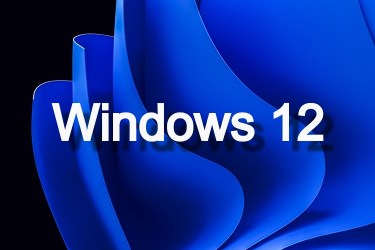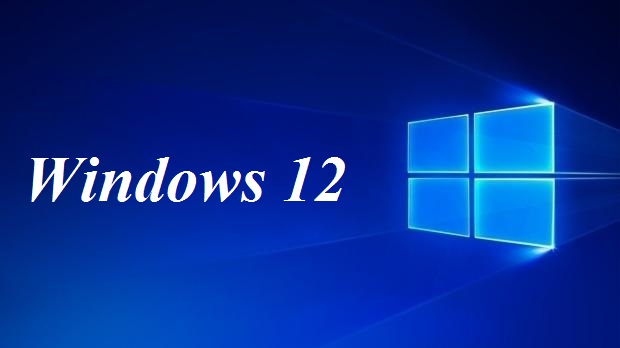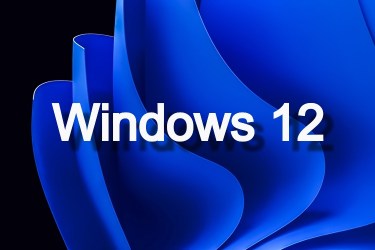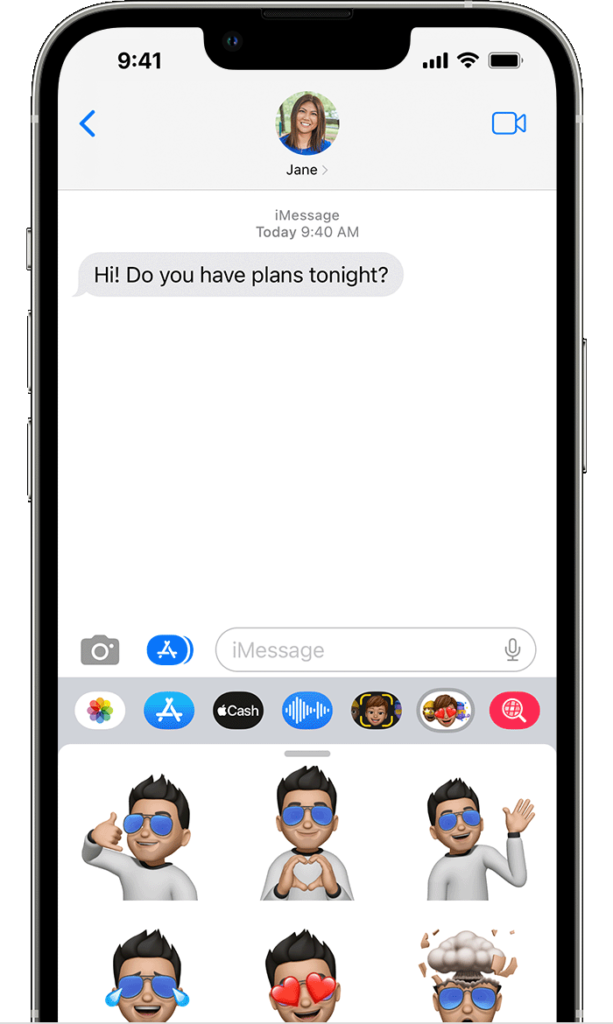
Three years have passed since Windows 11’s launch. Initially anticipated for 2024 under Panos Panay, former chief product officer of Microsoft, the release of Windows 12 has since been postponed under new leadership. Explore further for insights into the speculated release date, expected features, rumored hardware requirements, and more.
Release Date Speculations
Panos Panay departed Microsoft in September 2023, halting the emergence of new and experimental initiatives from the Redmond giant. Surface form-factors and a three-year update cycle for Windows have been set aside as Microsoft shifts towards AI integration across its product line.
In a recent Windows Insider blog post, Microsoft dispelled rumors of a Windows 12 release, confirming that Windows 11 24H2 will serve as this year’s annual update. The post states, “This confirms that Windows 11, version 24H2, will be the annual feature update for this year. As stated, Windows 11 will follow an annual feature update schedule, releasing in the second half of each calendar year.”
Windows 12 isn’t slated for release this year, and indications suggest a new version won’t emerge even in 2025. Microsoft aims to avoid further fragmentation of the Windows platform since Windows 10 remains dominant with 67% of users, while Windows 11 has only captured 28% of users over three years.
Anticipated Windows 12 Features
While Microsoft hasn’t confirmed Windows 12’s existence, several leaks have surfaced outlining expected features.
1. Fresh Desktop Interface
New reports indicate that Microsoft is developing an innovative AI-powered Windows Shell, featuring an enhanced version of Copilot seamlessly integrated. Unlike traditional desktop interfaces, Windows 12 will not have a static layout. Copilot will remain active in the background, facilitating effortless search, project retrieval, and contextual comprehension, streamlining user interaction.
Image: Microsoft
While Windows 10 featured a Timeline function, it was absent in Windows 11. However, indications suggest its return with the release of Windows 12. This feature will enable users to effortlessly revisit previous activities, including applications, websites, and projects. With natural language search capabilities and Copilot’s contextual understanding, users can locate files without specific filenames, enhancing productivity.
In addition, the new user interface might feature a floating Taskbar. There’s speculation that the Taskbar could be positioned atop the screen, though this interface remains highly experimental and not yet ready for release. Microsoft also aims to enhance Windows 12 for touch input and mouse and keyboard interaction.

There’s a strong likelihood of a separate Taskbar, as rumors suggest Microsoft intends to decouple the desktop (including the taskbar, notification center, and more) from explorer.exe in Windows 12. Microsoft’s initiation of the separation process between the “Immersive Shell” and File Explorer further supports this possibility.
2. AI, AI, AI, and AI – Copilot
Windows 12 revolves around AI, with Microsoft developing the next generation of Surface laptops dubbed true AI PCs. Set to launch next year, Windows 12 promises a slew of new AI experiences. We’ve previously discussed the AI-powered interactive shell, but there’s more.
Reports suggest Windows 12 may introduce an AI-powered Super Resolution feature, utilizing on-device NPU to upscale graphics content in videos and games. Additionally, Live Captions will receive enhancements, including real-time translation from other languages and functionality during video calls.
Microsoft is reportedly developing AI wallpapers utilizing machine learning to create a parallax effect on current wallpapers. Additionally, Copilot is expected to become more advanced, capable of adjusting Windows settings and resolving issues through natural language input.
3. Faster, Seamless Updates
Windows 12 is rumored to bring seamless and faster updates, following Google’s approach with Project Mainline and Treble in Android and ChromeOS.
Microsoft is working on making Windows 12 a modular operating system, based on Windows Core OS (WCOS) principles, where system elements such as OS files, drivers, and apps are isolated and read-only to users.
Updates on Windows can be annoying; seamless updates using different partitions should facilitate faster installation and effortless rollback in case of issues. Microsoft will adopt a modern update method with FFU images for swifter update installation and PC reset, akin to ChromeOS.
4. Enhancing Windows on ARM
With the introduction of Snapdragon X Elite, Microsoft, OEMs, and developers are now seriously considering the ARM platform. Qualcomm’s new ARM processor for Windows competes directly with Apple’s top M-series processors.
Consequently, significant upgrades are coming to the Windows on ARM (WoA) platform, including improved driver compatibility and efforts from software makers to develop ARM-compatible apps. Windows 12 promises to offer the optimal experience for Windows on ARM.

Pritam Chopra is a seasoned IT professional and a passionate blogger hailing from the dynamic realm of technology. With an insatiable curiosity for all things tech-related, Pritam has dedicated himself to exploring and unraveling the intricacies of the digital world.


